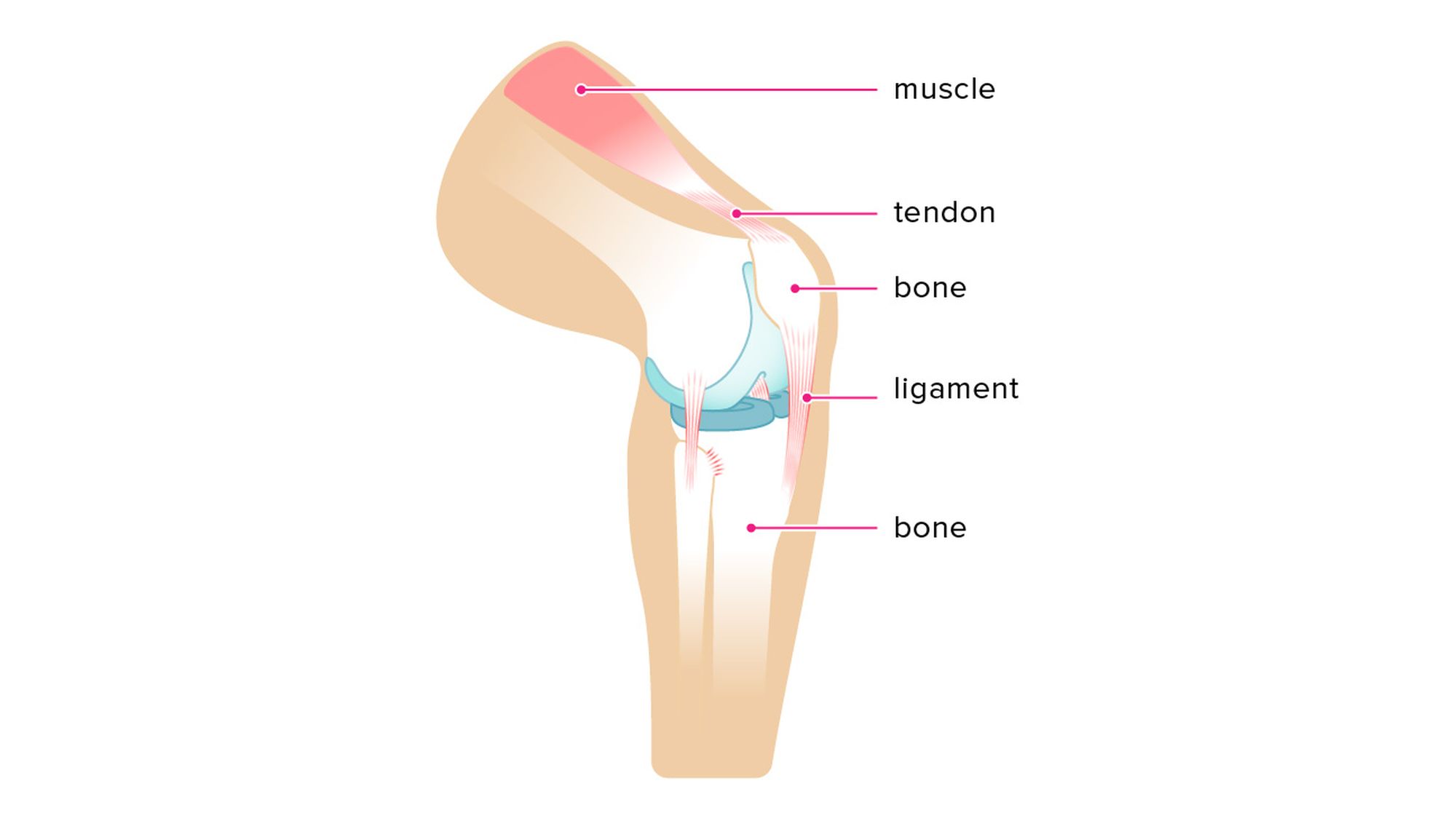
Ligaments are the unsung heroes of our bodies, holding everything together. Ever wondered what makes your joints stable and your movements smooth? Ligaments are the answer. These tough, flexible bands of connective tissue connect bones to other bones, ensuring stability and guiding joint motion. Without them, simple actions like walking or picking up objects would be impossible. They play a crucial role in preventing injuries by limiting excessive movements. From the tiny ligaments in your fingers to the robust ones in your knees, each has a specific function. Ready to learn more about these fascinating structures? Let's dive into 27 amazing facts about ligaments!
What Are Ligaments?
Ligaments are crucial components of the human body. They connect bones to other bones, providing stability and support to joints. Let's dive into some fascinating facts about these essential structures.
-
Ligaments are made of tough, fibrous connective tissue, primarily collagen, which gives them strength and flexibility.
-
They are different from tendons, which connect muscles to bones. Ligaments only connect bones to other bones.
-
The human body contains over 900 ligaments, each playing a specific role in maintaining joint stability.
Functions of Ligaments
Ligaments serve several important functions that keep our bodies moving smoothly. Here are some key roles they play:
-
Ligaments help stabilize joints by preventing excessive movement that could lead to injury.
-
They provide proprioceptive feedback, which helps the brain understand the position and movement of joints.
-
Ligaments can stretch slightly, allowing for a range of motion while still maintaining joint stability.
Types of Ligaments
There are various types of ligaments, each with unique characteristics and functions. Let's explore some of them:
-
Capsular ligaments are part of the joint capsule and help hold the bones together within the joint.
-
Extracapsular ligaments are located outside the joint capsule and provide additional support to the joint.
-
Intracapsular ligaments are found inside the joint capsule and help stabilize the joint from within.
Common Ligament Injuries
Ligament injuries are common, especially among athletes. Understanding these injuries can help in prevention and treatment:
-
Sprains occur when ligaments are stretched or torn, often due to sudden movements or impacts.
-
The anterior cruciate ligament (ACL) in the knee is one of the most commonly injured ligaments, especially in sports like soccer and basketball.
-
Grade I sprains involve mild stretching of the ligament, while Grade II sprains involve partial tearing. Grade III sprains are complete tears of the ligament.
Healing and Recovery
Ligament injuries can take time to heal, and recovery often involves specific treatments and therapies:
-
Ligaments have a limited blood supply, which can slow down the healing process compared to other tissues like muscles.
-
Rest, ice, compression, and elevation (RICE) are common initial treatments for ligament injuries.
-
Physical therapy can help strengthen the surrounding muscles and improve joint stability during recovery.
Interesting Facts About Ligaments
Here are some lesser-known facts about ligaments that highlight their importance and complexity:
-
The strongest ligament in the human body is the iliofemoral ligament, which helps stabilize the hip joint.
-
Ligaments can adapt to stress and become stronger over time, similar to how muscles respond to exercise.
-
Some ligaments, like the ligamentum flavum in the spine, contain elastic fibers that allow them to stretch and recoil.
Ligaments in Animals
Ligaments are not unique to humans; they play vital roles in the animal kingdom as well:
-
Horses have a unique ligament called the suspensory ligament, which helps support their legs during running and jumping.
-
Birds have specialized ligaments in their wings that allow for efficient flight and maneuverability.
-
Sharks have ligaments in their jaws that provide the flexibility needed for their powerful bites.
Evolution and Adaptation
Ligaments have evolved over time to meet the demands of different species and environments:
-
In humans, the evolution of bipedalism (walking on two legs) led to changes in ligament structure and function, particularly in the lower limbs.
-
Some animals, like snakes, have highly flexible ligaments that allow for their unique modes of movement.
-
The evolution of ligaments has been crucial in the development of complex joint structures in vertebrates.
Ligament Research and Advances
Ongoing research continues to uncover new insights into ligament function and treatment:
-
Advances in imaging technology, such as MRI, have improved the ability to diagnose and treat ligament injuries.
-
Tissue engineering and regenerative medicine are exploring ways to repair or replace damaged ligaments using stem cells and biomaterials.
-
Understanding the genetic factors that influence ligament strength and flexibility could lead to personalized treatments for ligament injuries.
Ligaments: The Unsung Heroes of Our Bodies
Ligaments are the unsung heroes holding our bodies together. These tough, flexible tissues connect bones, stabilize joints, and enable smooth movement. Without them, simple actions like walking or picking up objects would be impossible. They’re not just passive structures; they actively contribute to our body’s resilience and flexibility.
Understanding ligaments helps us appreciate their role in injury prevention and recovery. Knowing how to care for them through proper exercise, stretching, and nutrition can make a big difference in our overall health. Ligament injuries, though common, can be managed and often prevented with the right knowledge and practices.
So, next time you move, thank your ligaments. They’re working hard behind the scenes to keep you active and healthy. Whether you’re an athlete or just enjoy a stroll, these facts about ligaments highlight their importance in our daily lives.
Was this page helpful?
Our commitment to delivering trustworthy and engaging content is at the heart of what we do. Each fact on our site is contributed by real users like you, bringing a wealth of diverse insights and information. To ensure the highest standards of accuracy and reliability, our dedicated editors meticulously review each submission. This process guarantees that the facts we share are not only fascinating but also credible. Trust in our commitment to quality and authenticity as you explore and learn with us.
